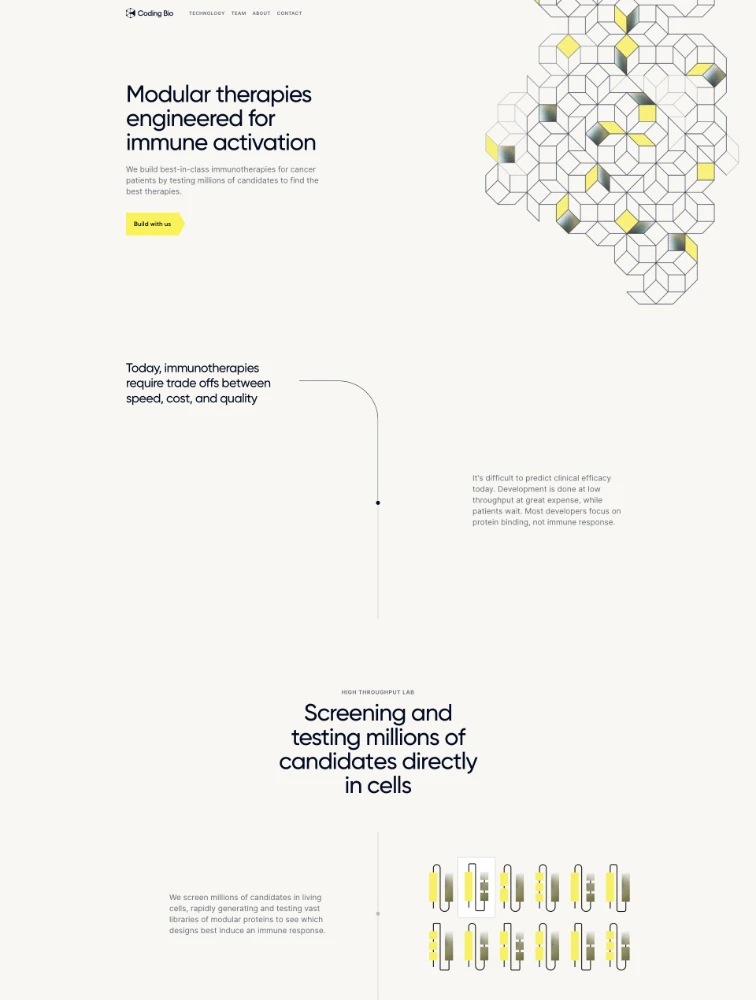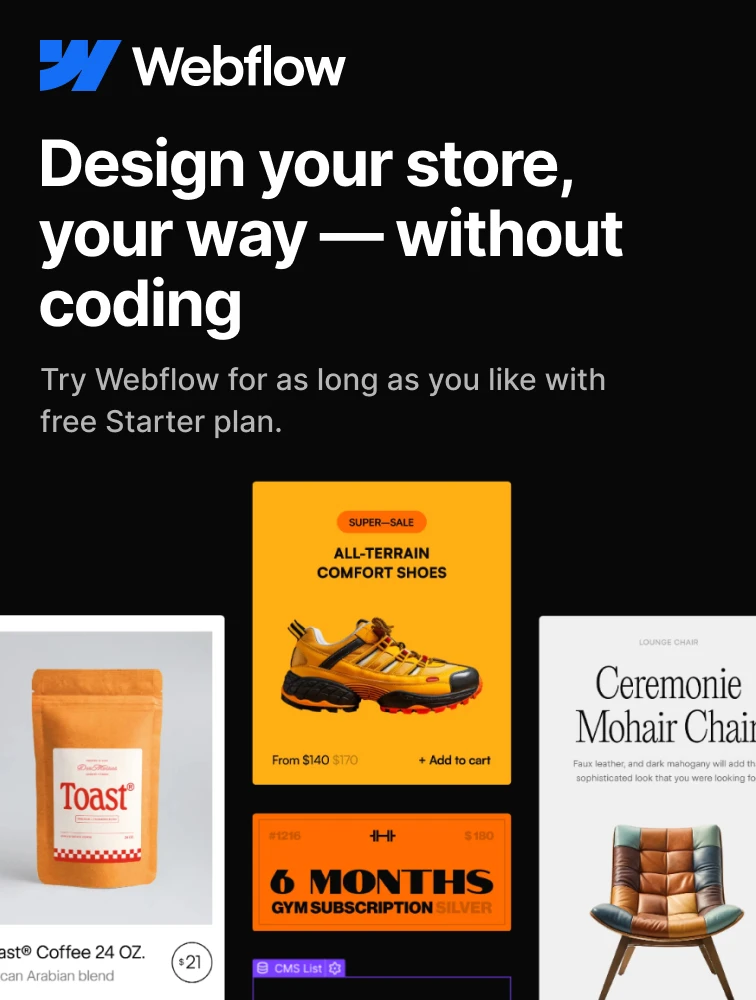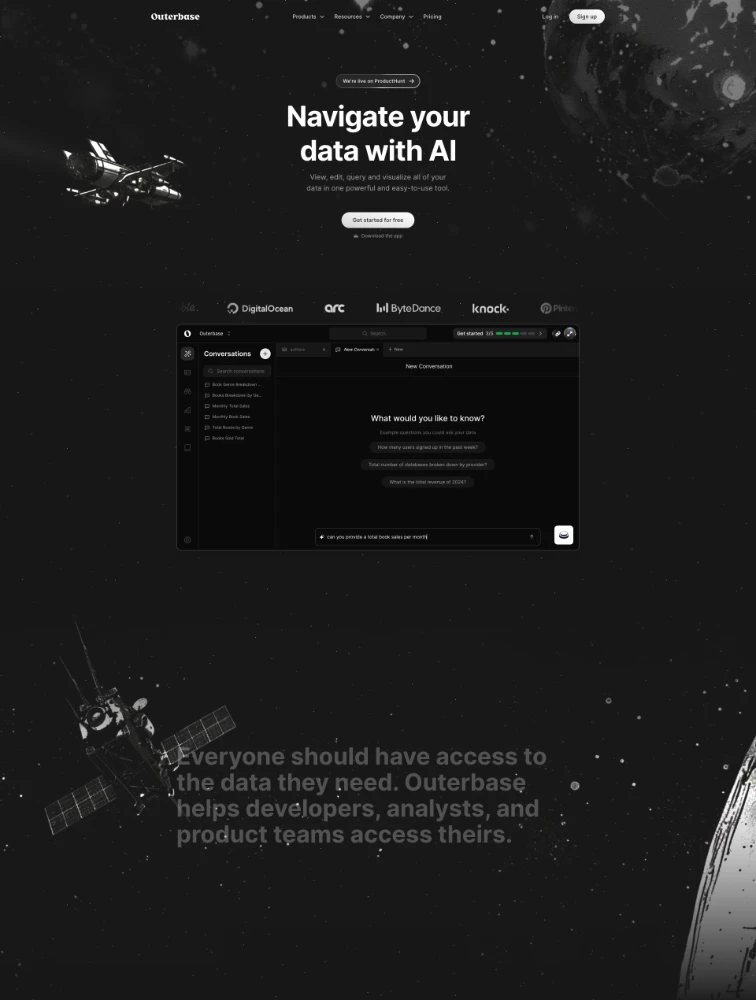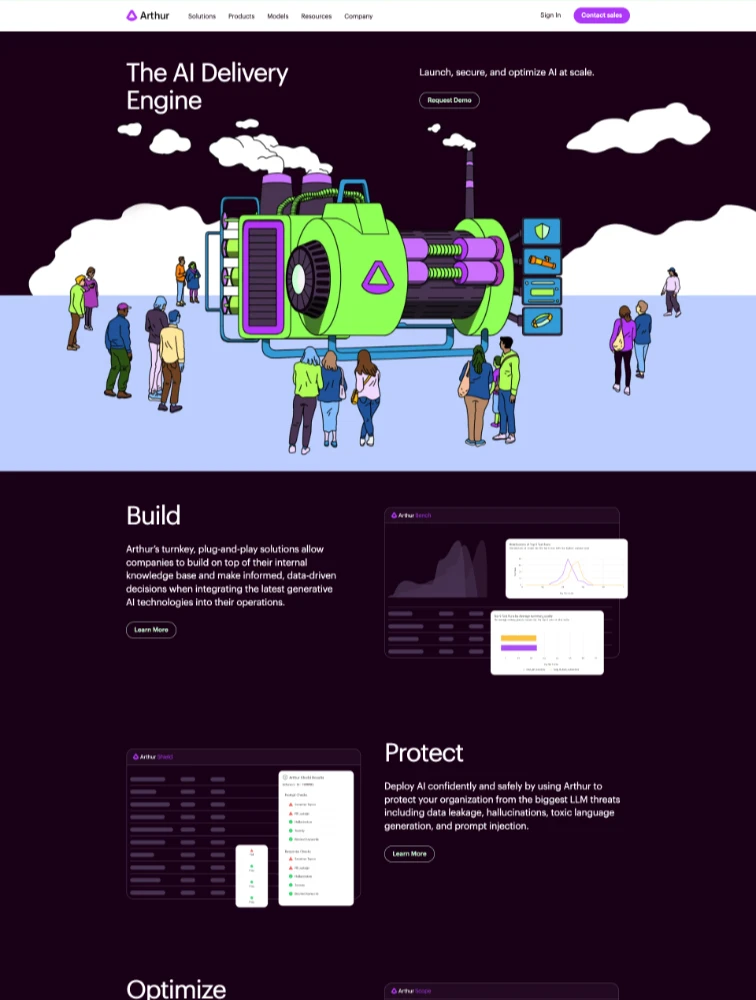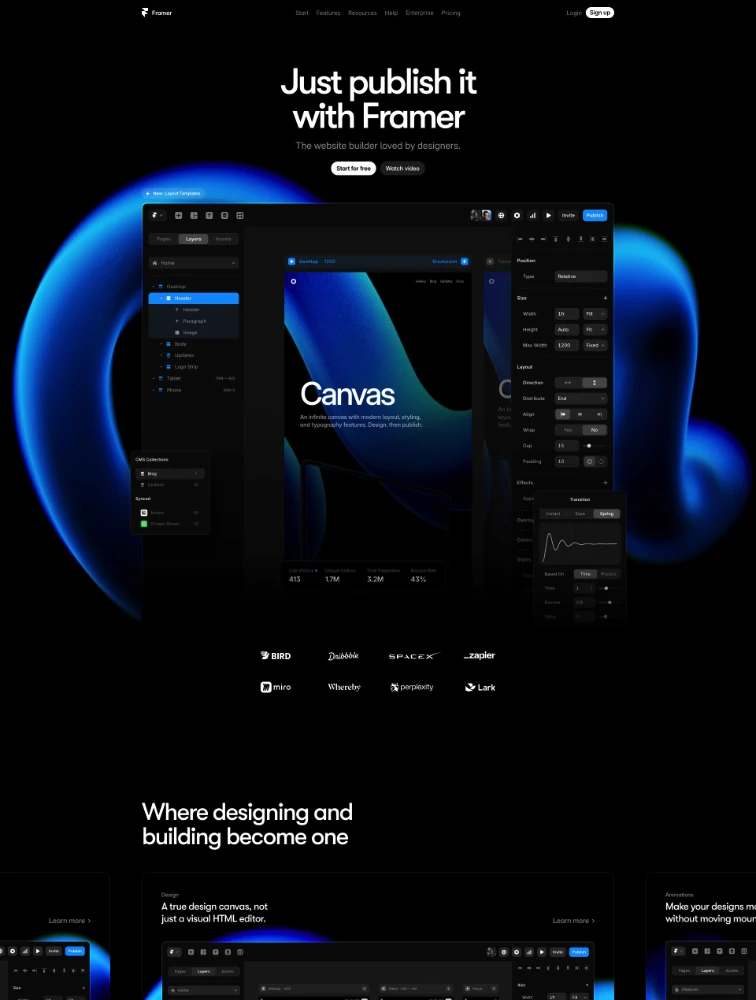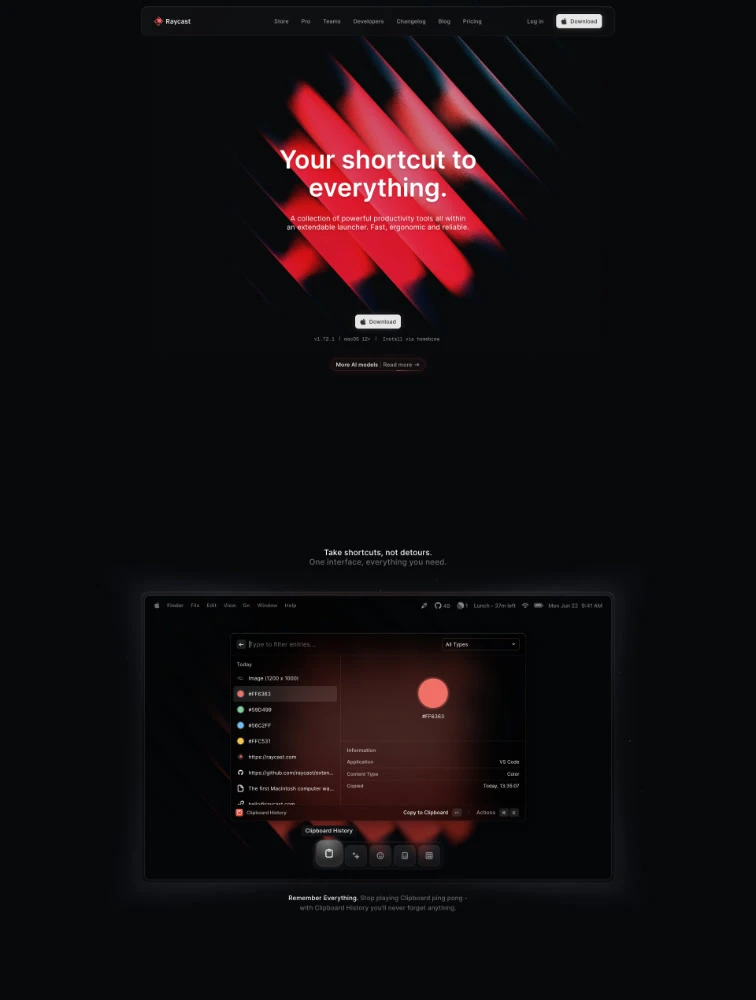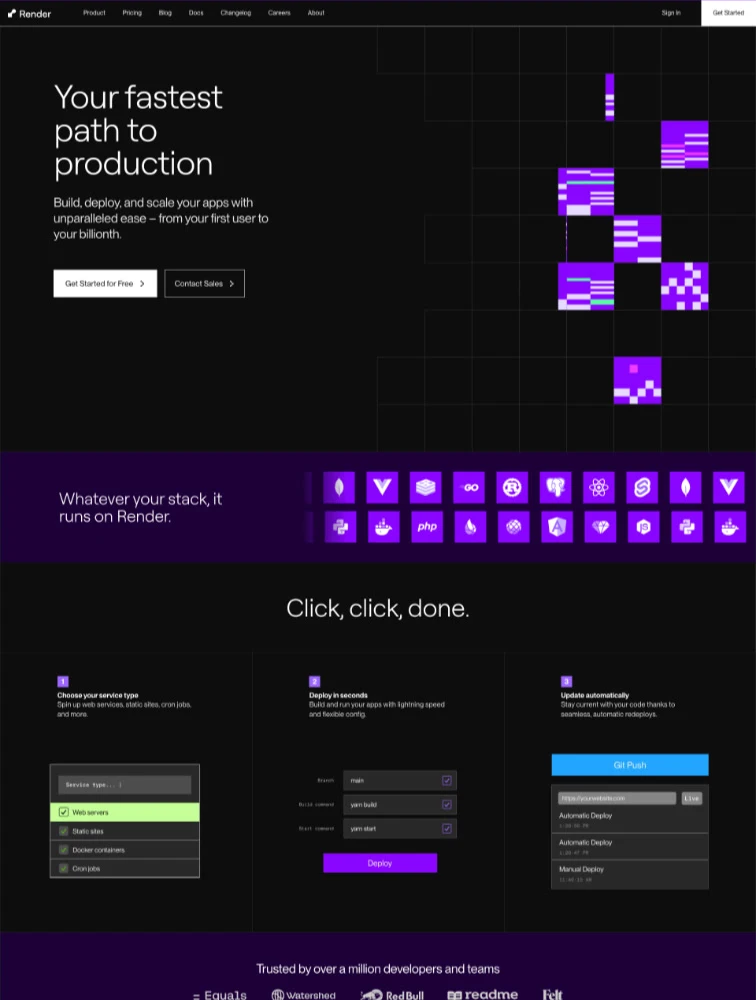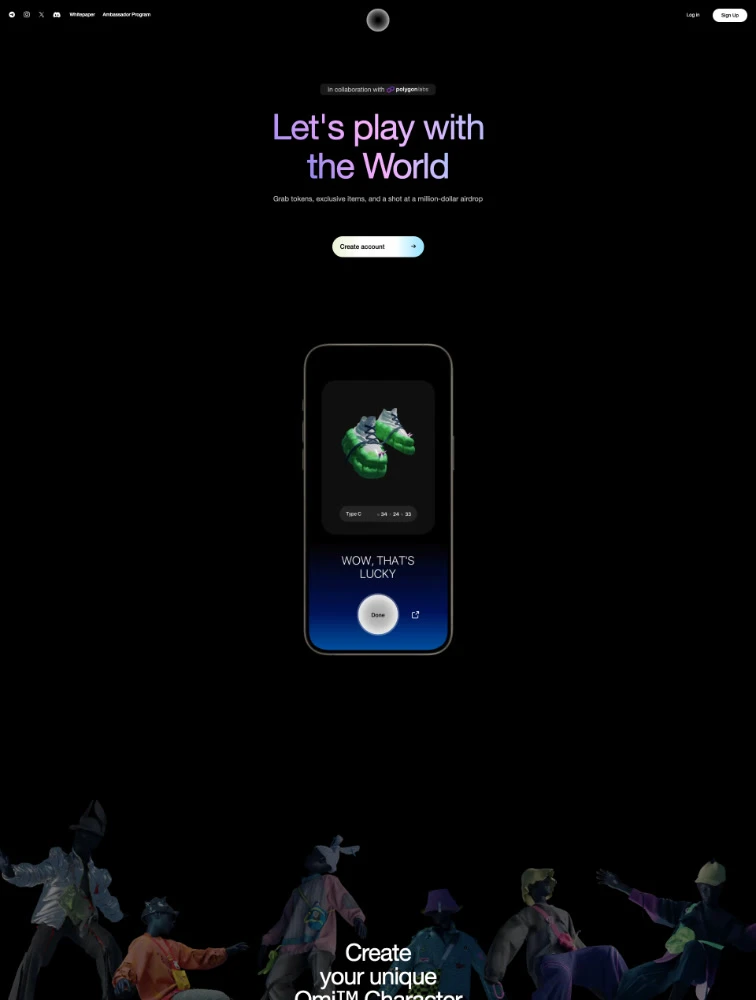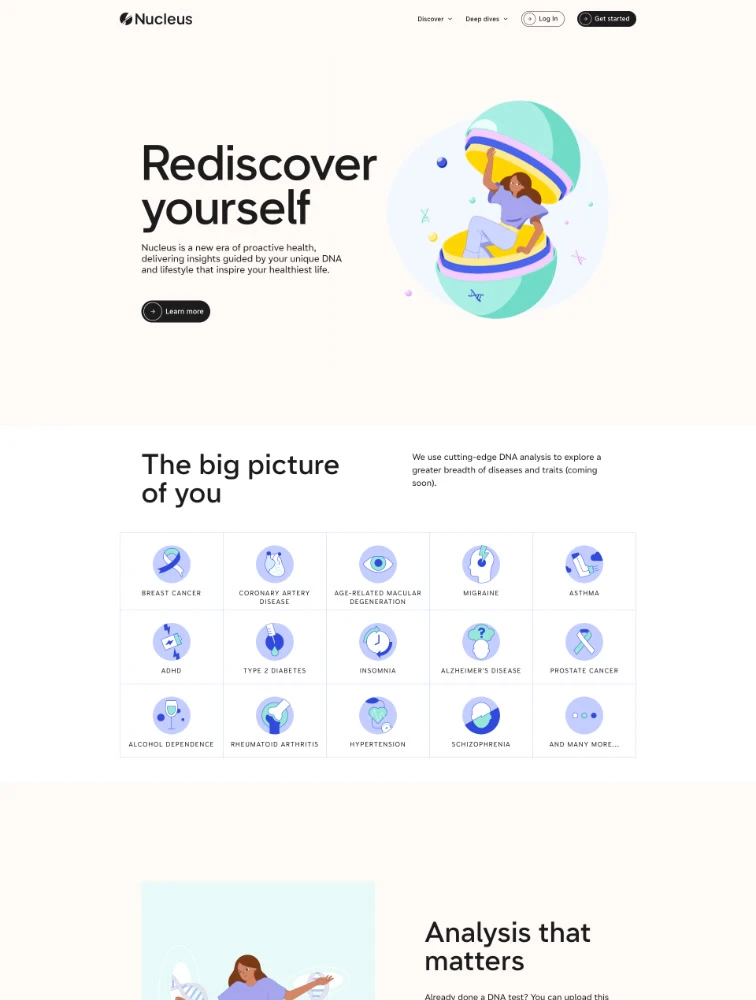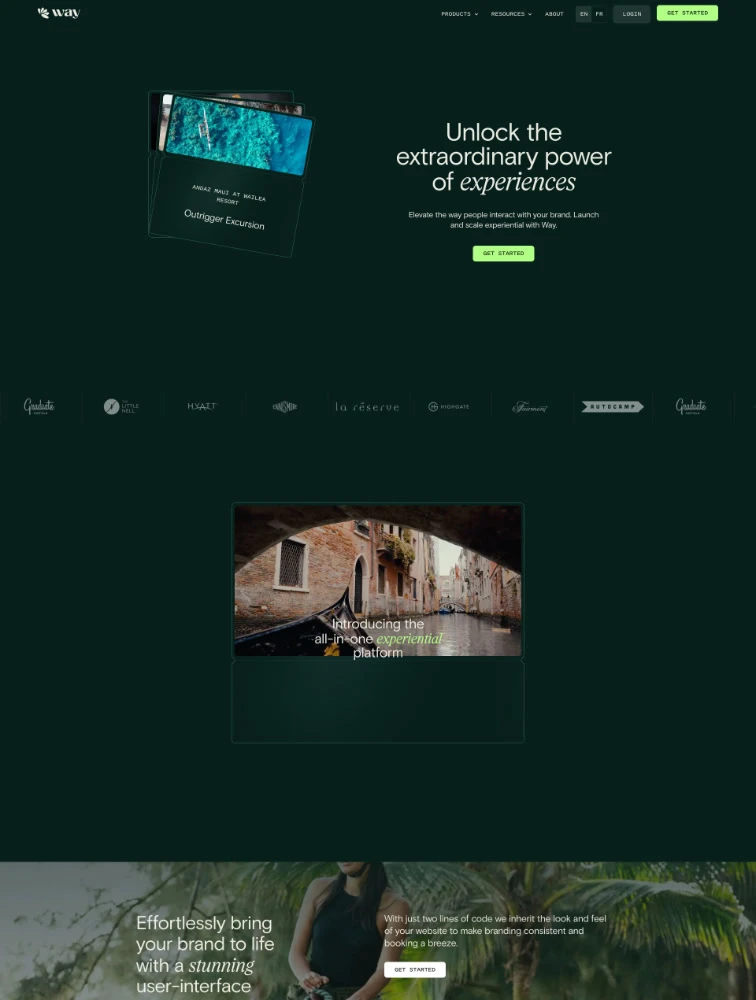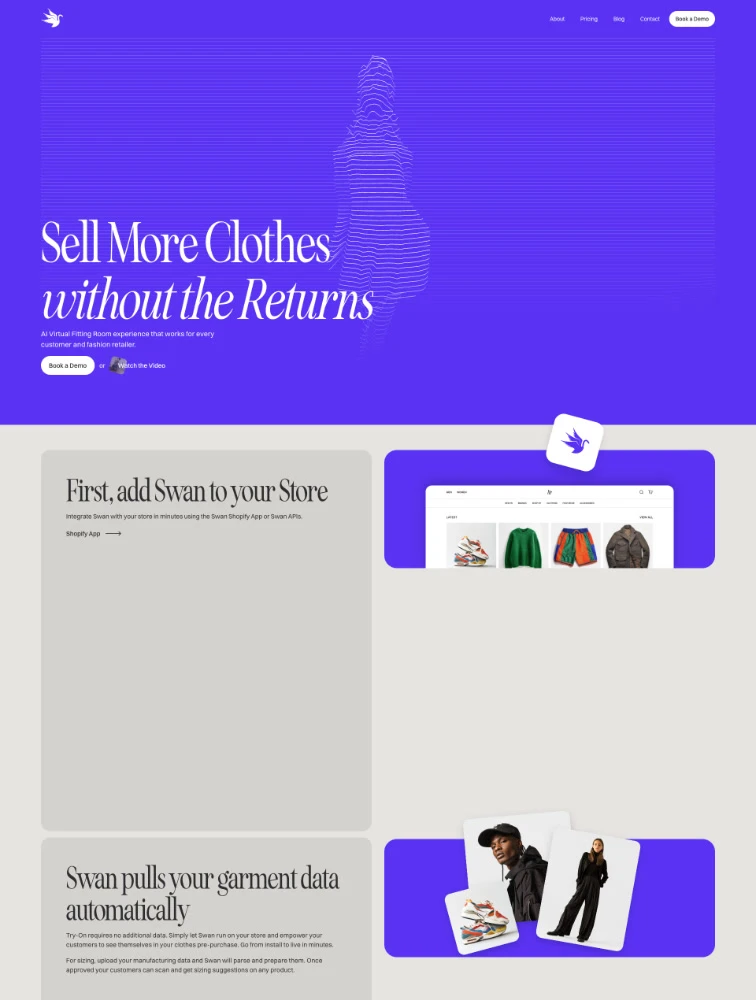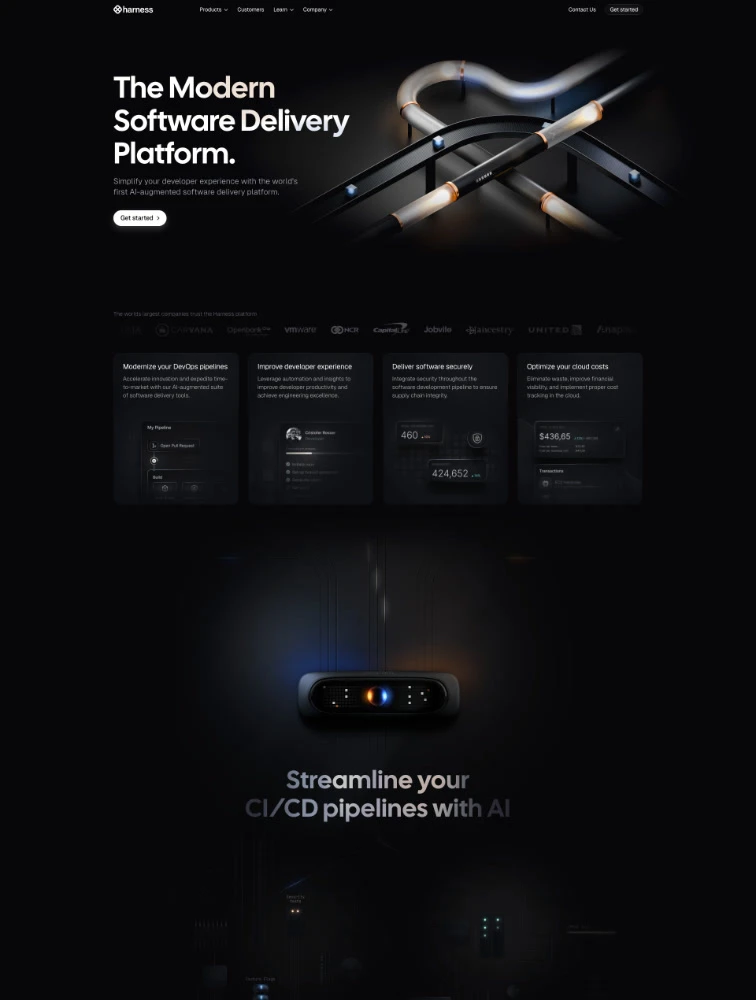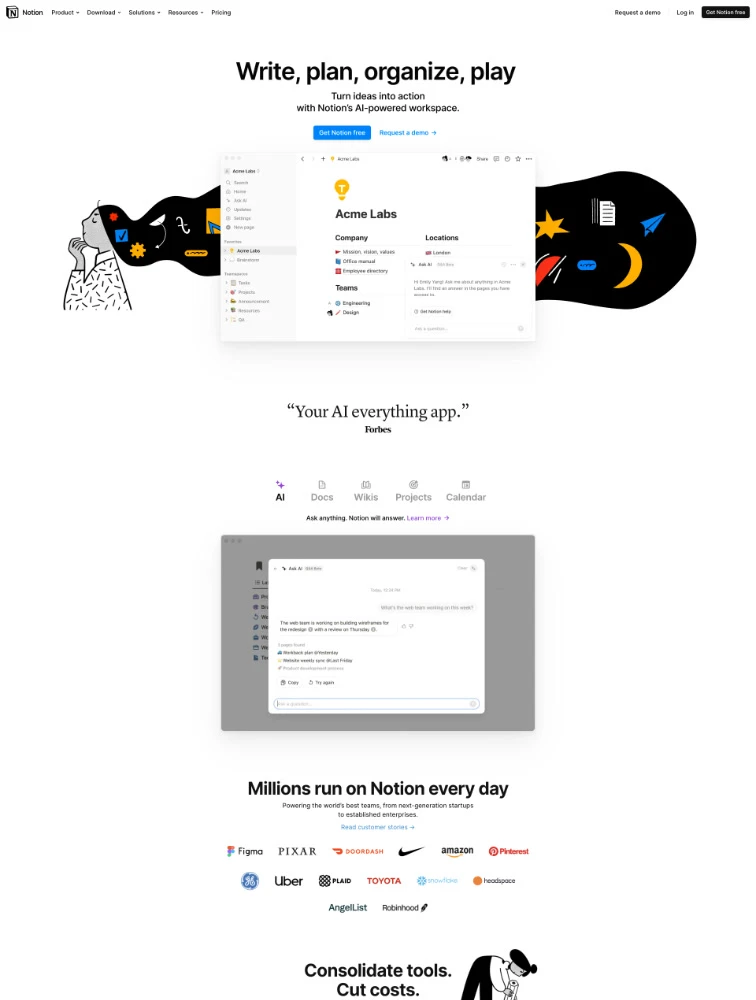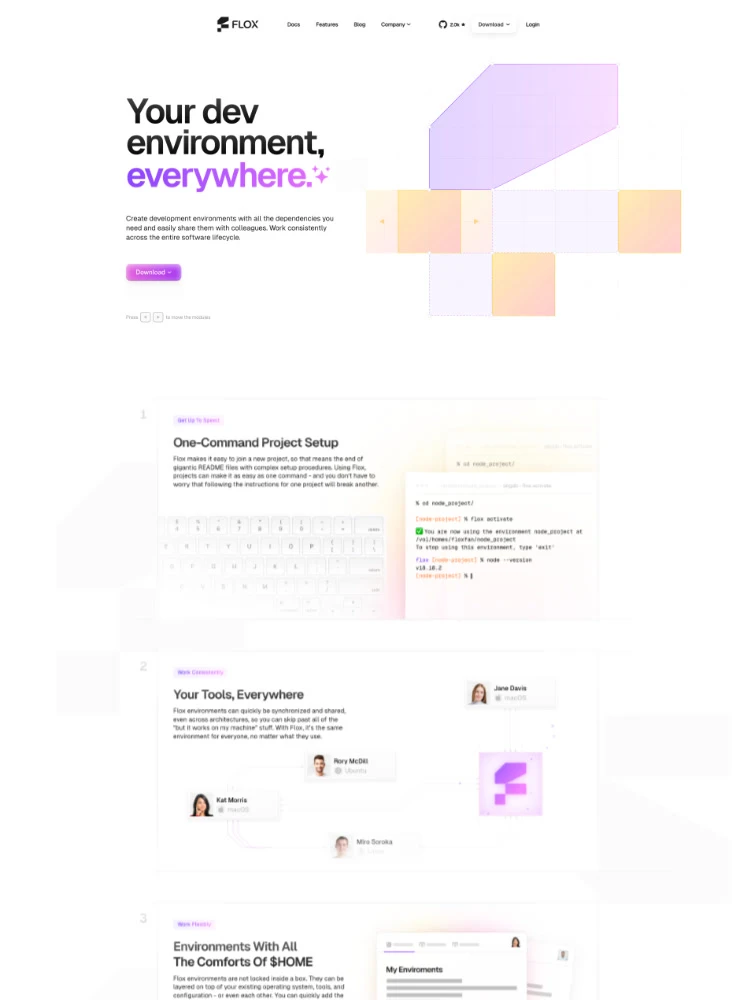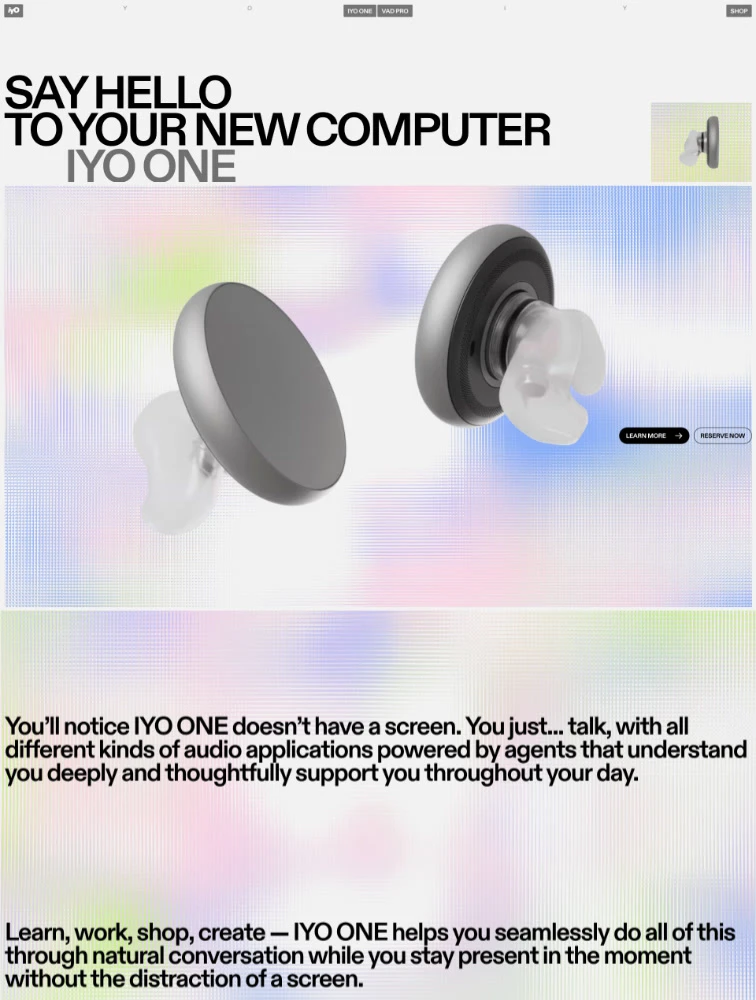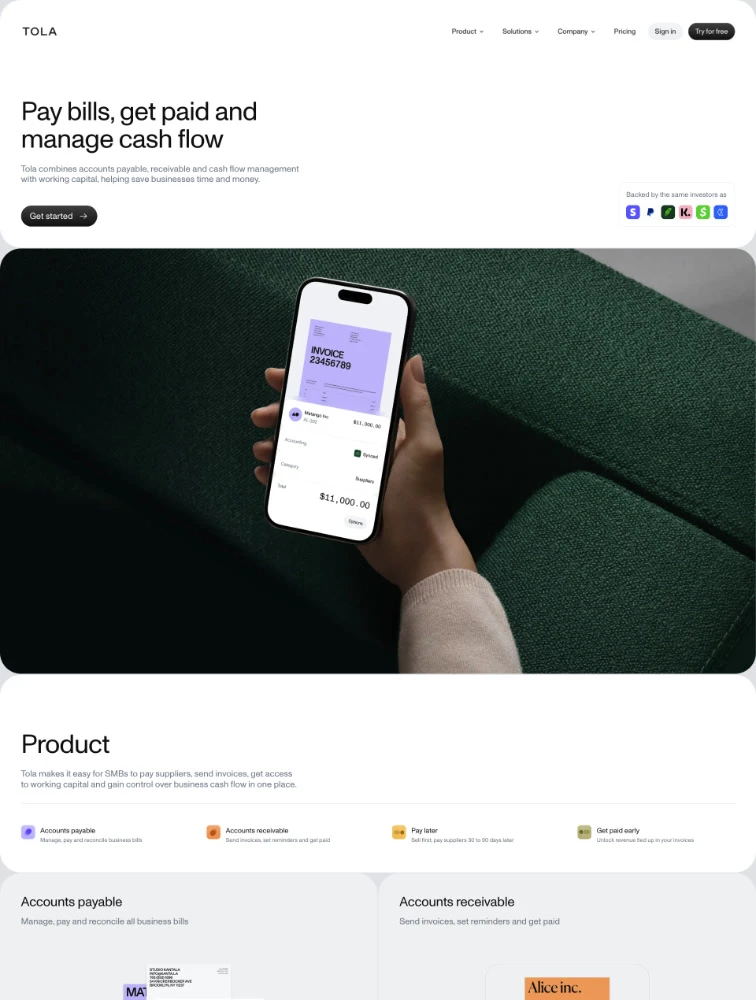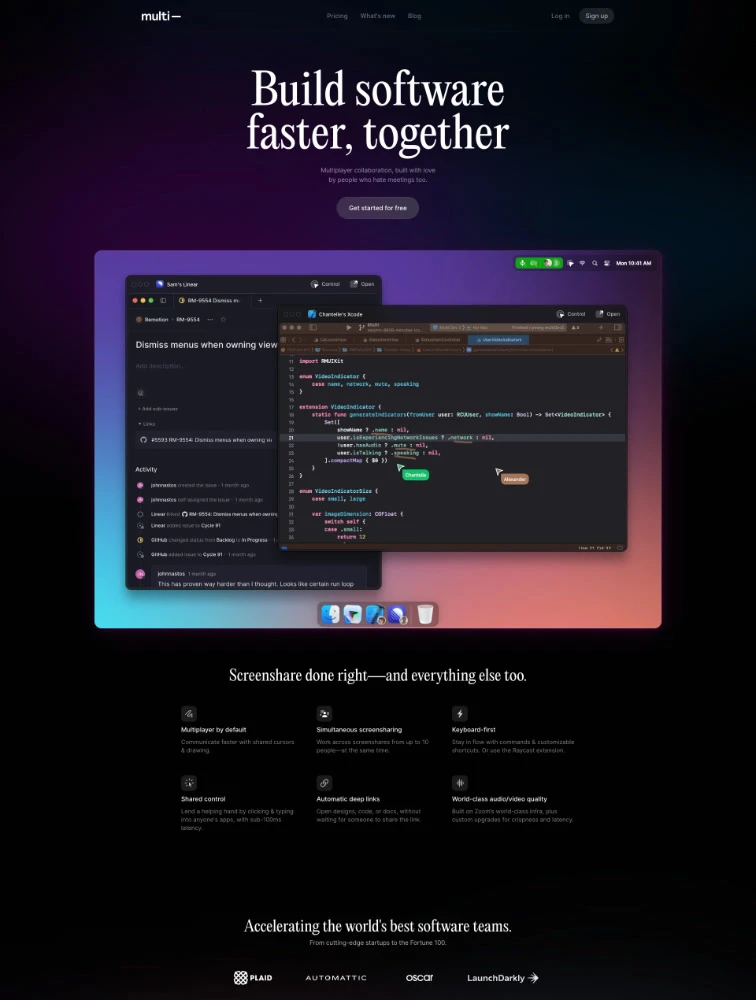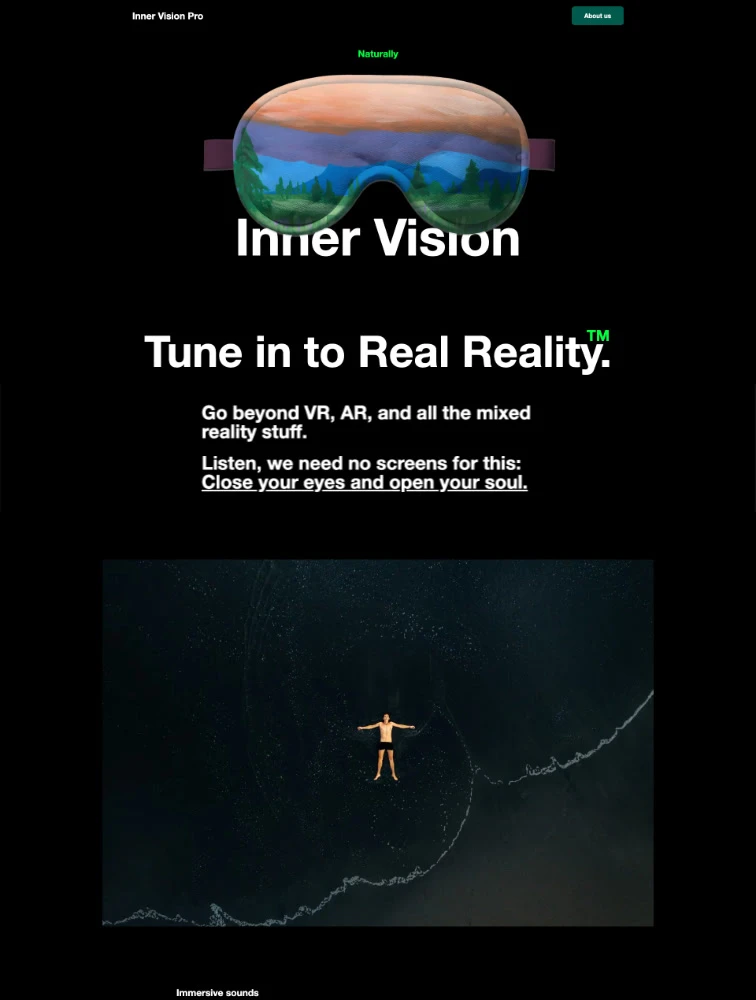Best Technology Landing Page Design Inspiration
A curated collection of Technology landing page design for your inspiration. Get inspired by real landing page examples, each review featuring a full screenshot and highlighting standout features.
 Coding Bio
Coding Bio
 Webflow
Webflow
 Outerbase
Outerbase
 Mobbin.com
Mobbin.com
OpenAI
 Arthur
Arthur
 Framer
Framer
 Ghost
Ghost
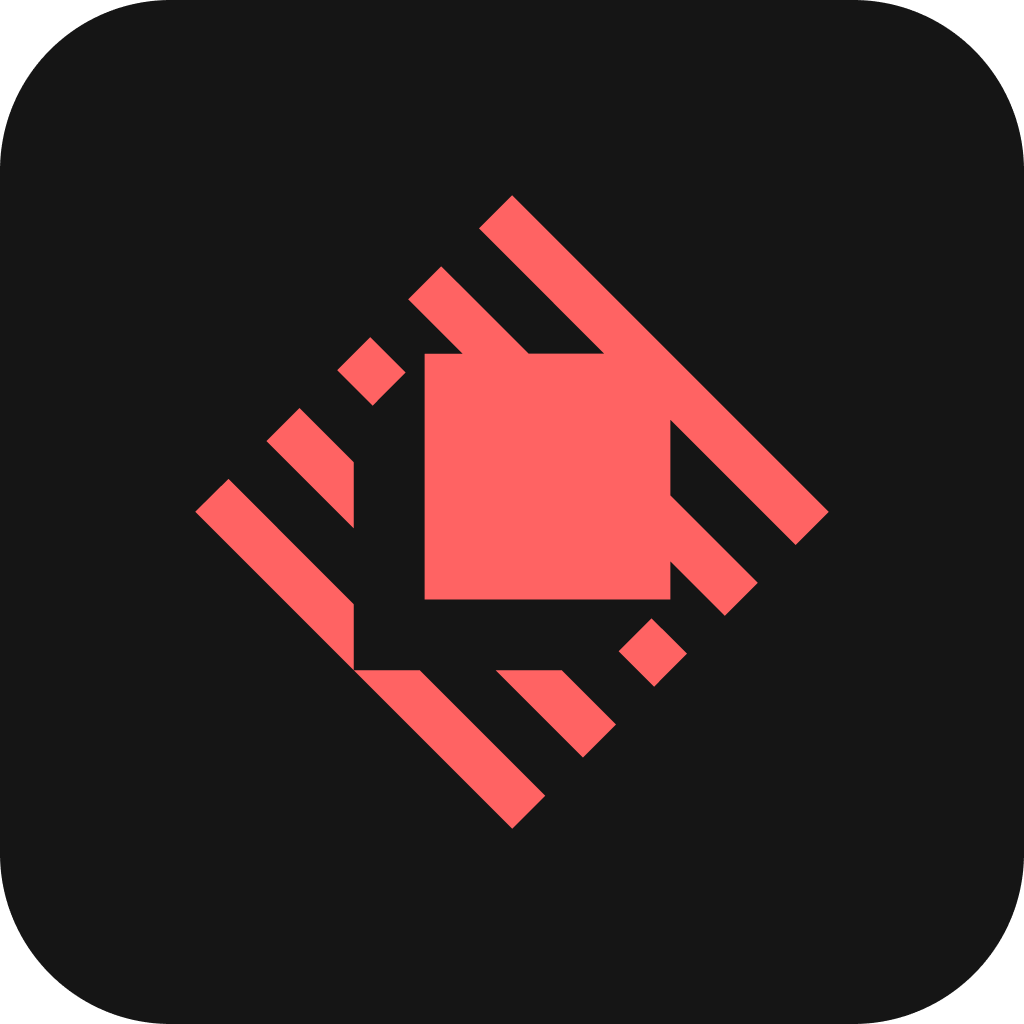 Raycast
Raycast
 Render
Render
 ONMI
ONMI
 Nucleus Genomics
Nucleus Genomics
 Way
Way
 Swan
Swan
Harness
 Notion
Notion
 Flox
Flox
 Pera Algo Wallet
Pera Algo Wallet
 IYO
IYO
Tola
 Multi
Multi
 Inner Vision Pro
Inner Vision Pro
 Intercom
Intercom
Frequently Asked Questions
Everything you need to know about technology landing pages
What is a technology landing page?
A technology landing page is a specialized web page designed to promote technology products, software solutions, tech services, or innovative platforms and convert visitors into users, customers, or qualified leads. These pages showcase everything from enterprise software, developer tools, IT services, SaaS platforms, hardware products, to technology consulting services. Technology landing pages must effectively communicate complex technical capabilities to diverse audiences including technical users, business decision-makers, and less technical end-users. They balance technical credibility with accessibility, demonstrate clear value and ROI, showcase innovation and competitive advantages, include compelling product demonstrations or technical specifications, and build trust through security certifications, case studies, and integration capabilities. Effective tech landing pages are clean, modern, fast-loading, and reflect the sophistication of the technology they promote while remaining accessible to the target audience.
What makes technology landing pages convert better than generic pages?
Technology landing pages outperform generic pages through: (1) Audience-specific messaging that speaks directly to technical users, business buyers, or end users with appropriate language and focus for each segment, (2) Technical credibility signals including certifications, technology partnerships (AWS, Microsoft, Google Cloud), integration badges, API documentation, and technical team credentials, (3) Product demonstrations through interactive demos, video walkthroughs, sandbox environments, or trial accounts allowing hands-on evaluation, (4) Specific use cases and applications showing how the technology solves real problems across different industries or scenarios, (5) Performance metrics and benchmarks demonstrating speed, reliability, scalability, or other technical advantages with concrete numbers, (6) Security and compliance information prominently displayed including SOC 2, ISO certifications, GDPR compliance, and security audit results, (7) Technical documentation access for developers and IT professionals who want to evaluate deeply before committing, (8) Integration ecosystem showing compatibility with existing tools and platforms, (9) Scalability information addressing growth concerns for different company sizes, and (10) Support and onboarding details explaining implementation process, training availability, and technical support quality.
What sections are essential for high-converting technology landing pages?
Essential sections for technology landing pages include: (1) Hero section with clear, jargon-free value proposition stating what problem the technology solves and for whom, with CTA for free trial or demo, (2) Product demonstration via video walkthrough, interactive demo, or screenshot carousel showing the actual interface and key features in action, (3) Key features section highlighting 4-8 primary capabilities with benefit-focused descriptions and visual icons, (4) Use cases organized by industry, role, or company size showing specific applications and results, (5) Technical specifications for technical evaluators including architecture, supported platforms, API capabilities, security features, and performance metrics, (6) Integration section displaying logos of platforms and tools you integrate with, crucial for technology buyers, (7) Social proof including customer logos from recognizable tech companies, case studies with measurable outcomes, and technical testimonials, (8) Pricing section or at minimum pricing philosophy and contact information for quotes - transparency builds trust, (9) Security and compliance badges with links to detailed security documentation, (10) FAQ addressing common technical questions about implementation, maintenance, scalability, and support, and (11) Resources section with technical documentation, API references, developer guides, and community links for serious evaluators.
How should technology landing pages address both technical and non-technical audiences?
Technology landing pages must simultaneously serve technical and business audiences: Use layered content strategy with: Simple, benefit-focused messaging in hero and above-the-fold sections accessible to everyone regardless of technical knowledge; Tabbed or toggle sections allowing users to view 'Business Benefits' or 'Technical Details' based on their interest; Progressive disclosure where users can click 'Learn More' or expand sections for technical depth without cluttering the main view. For non-technical business users, emphasize: Business outcomes and ROI with specific metrics; Problem-solving focus on their daily challenges; Simple analogies explaining complex technology; Case studies with business impact rather than technical implementation; Executive or business user testimonials; Easy implementation and support promises; Total cost of ownership clarity. For technical users, provide: Detailed technical specifications and architecture; API documentation and integration guides; Performance benchmarks and scalability data; Technology stack and infrastructure details; Security architecture and audit reports; Developer testimonials and technical case studies; Hands-on trial or sandbox environment; Links to GitHub, technical documentation, or developer community. Structure typically includes: Business-focused hero and initial sections; Feature section with both views available; Separate 'For Developers' or 'Technical Details' section; Multiple CTAs matching intent - 'Schedule Demo' for business, 'Try Free' for technical, 'View Docs' for developers.
